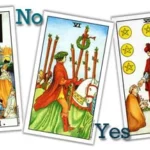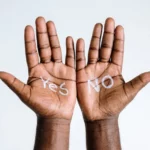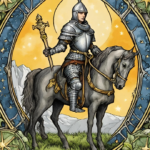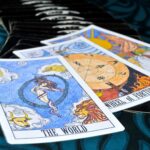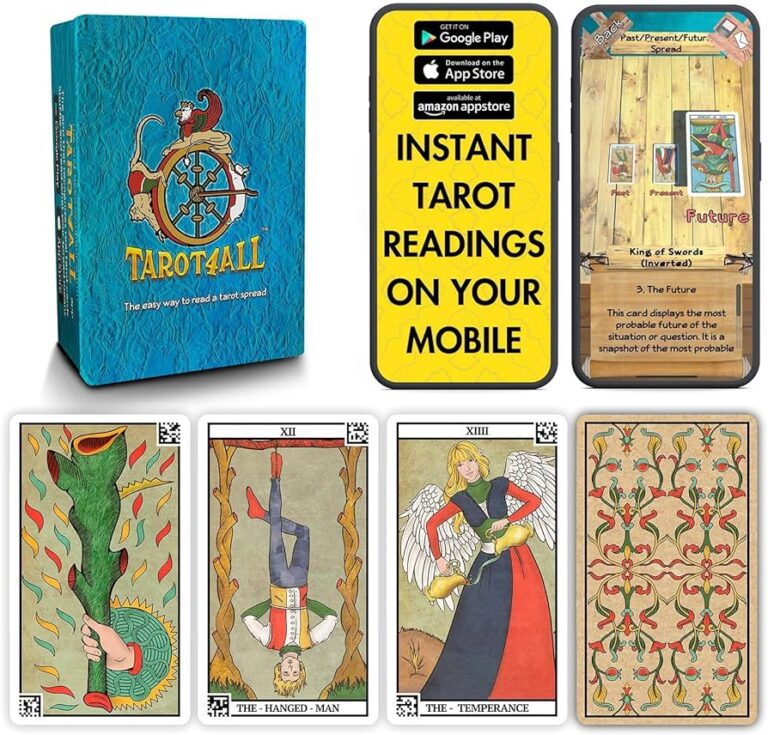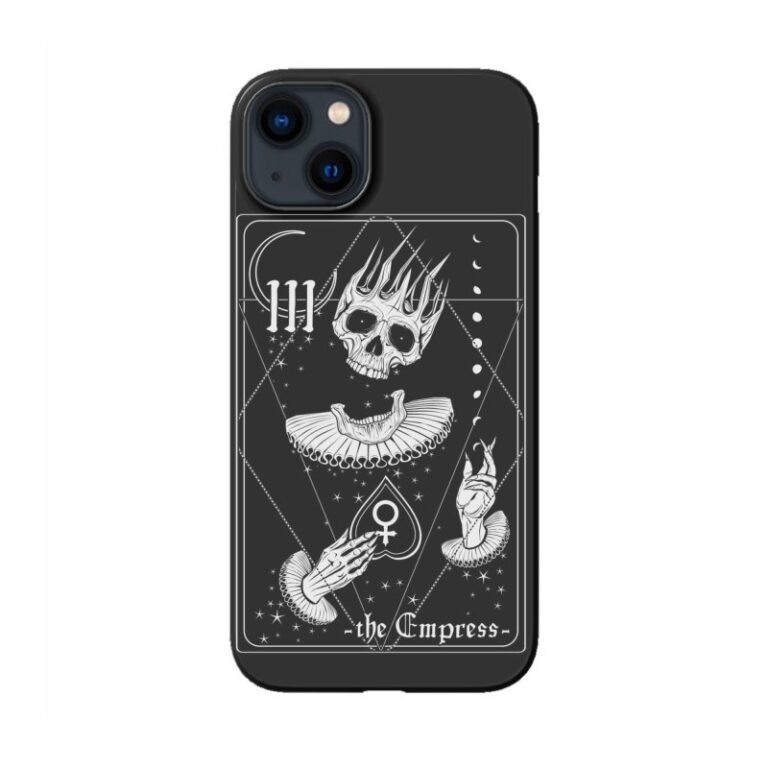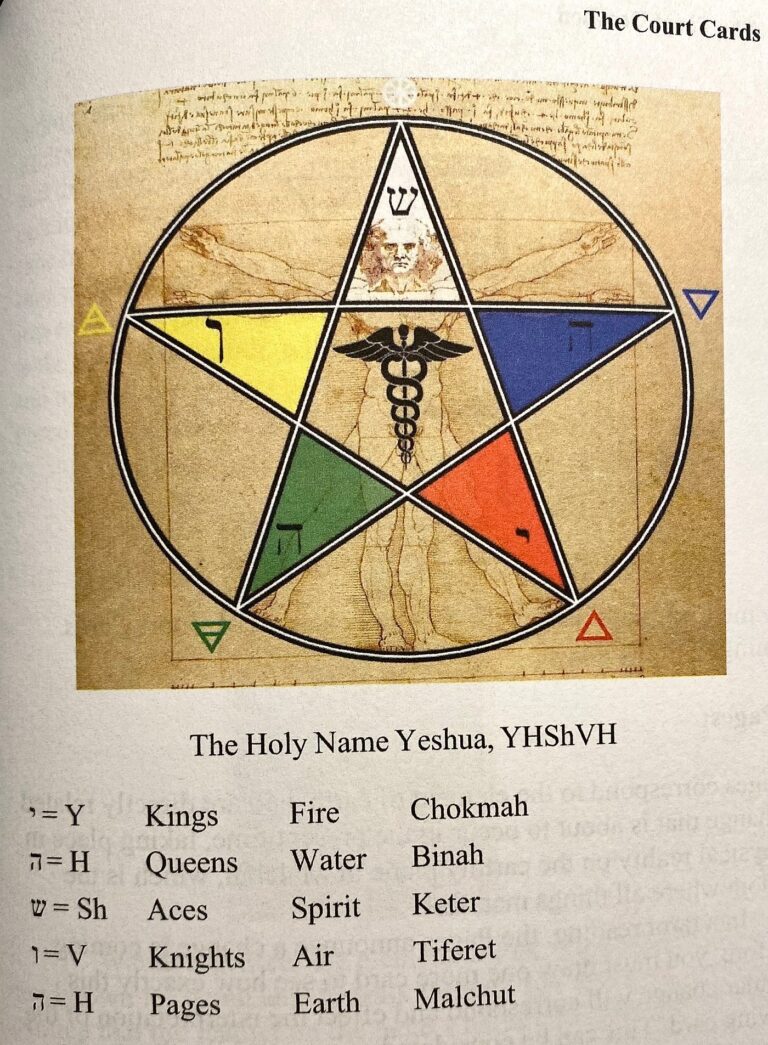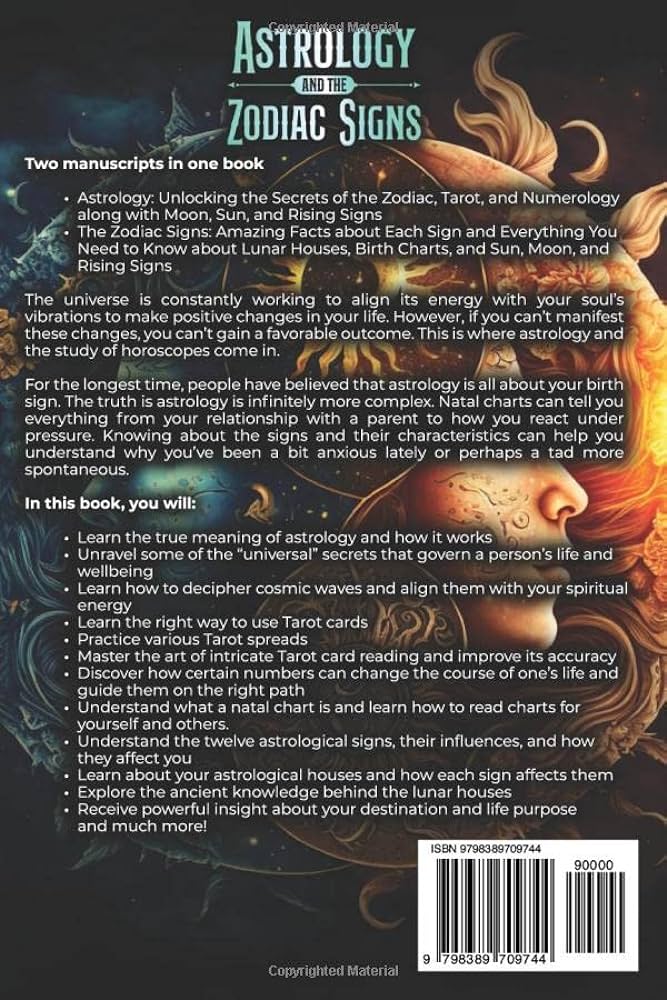How to Design Tarot Cards: Creative Insights for Stunning Designs
To design tarot cards, start with a theme, symbolism, and artwork that resonates with the deck’s purpose. Consider the colors, imagery, and meaning for each card to convey the desired message accurately.
In tarot card design, it’s essential to create visual storytelling elements that connect with the reader and evoke a deep understanding of the cards’ meanings. When designing tarot cards, the process involves a thoughtful consideration of the imagery, colors, and symbolism used to convey the cards’ meanings and messages effectively.
From choosing the right theme to creating intricate artwork, every aspect of tarot card design contributes to the overall impact and resonance of the deck. By carefully crafting each card with intention and purpose, designers can create a tarot deck that captures the essence of the readings and connects with the users on a deeper level.
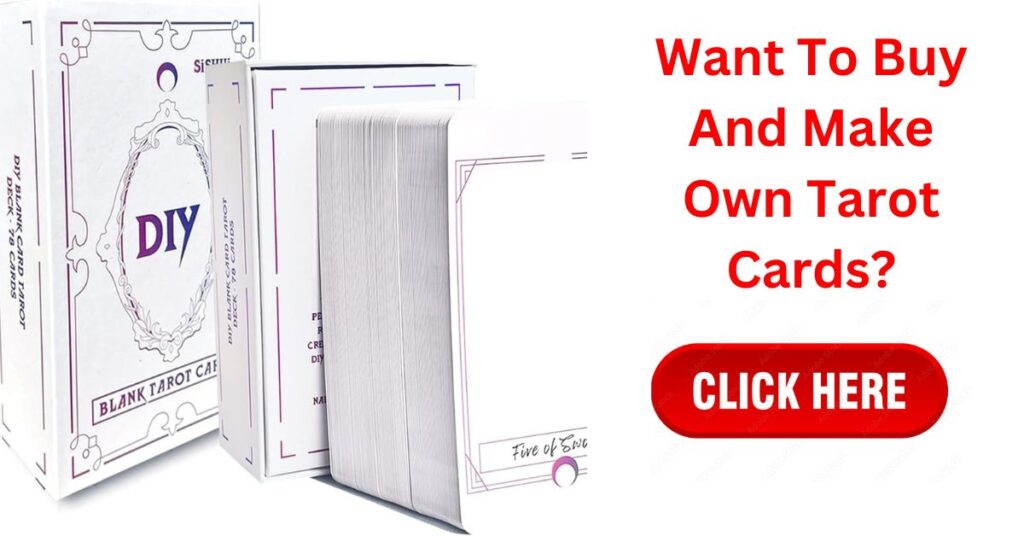
Importance Of Tarot Card Design
The design of tarot cards is crucial as it serves as a visual gateway to the meanings and interpretations of each card. A well-crafted design can enhance the connection between the reader and the cards, offering deeper insights and a more immersive experience. Effective design elements can convey symbolism, emotion, and energy, which are fundamental to the practice of tarot reading.
Historical Significance
The significance of tarot card design can be traced back to its historical roots, where the intricate artwork and symbolism played a vital role in conveying the wisdom and knowledge encapsulated in each card. The historical evolution of tarot card design reflects the cultural, artistic, and mystical influences of different eras, making it a fascinating area of study for tarot enthusiasts and designers alike.
Impact Of Visual Elements
The visual elements of tarot card design, such as color, imagery, and typography, have a profound impact on the interpretation and resonance of each card. Color psychology and sacred geometry, for example, are carefully considered to evoke specific emotions and energies. Intriguing imagery and symbols provide visual cues for intuitive insights and stimulate the subconscious mind, enhancing the overall effectiveness of tarot readings.

Researching Tarot Card Symbolism
When designing tarot cards, a crucial aspect is to understand the deep symbolism embedded within each card. By researching tarot card symbolism, designers can gain valuable insights into the traditional meanings and representations that have been associated with these mystical cards for centuries.
Investigating Tarot Symbolism
Before delving into the design process, it is essential to thoroughly investigate the symbolism behind each tarot card. This involves studying the historical and cultural significance of the imagery, as well as exploring the various interpretations and associations linked to each card.
Gathering Inspiration From Traditional Imagery
One effective approach in understanding tarot symbolism is to draw inspiration from traditional imagery. By examining ancient tarot decks and studying the visual elements used in these timeless designs, designers can gain an appreciation for the archetypal symbols and motifs that resonate with the collective unconscious.
Designing Tarot Cards
Designing Tarot Cards involves a subtle balance of creativity, symbolism, and storytelling. Every element, from artistic style to color choices, plays a vital role in conveying the meanings and interpretations embedded in each card. Let’s delve into the intricate process of crafting captivating Tarot cards that capture the imagination and evoke profound insights.
Choosing Artistic Style
When diving into the realm of Tarot card design, selecting an artistic style is paramount. The style will set the tone for the entire deck, dictating the visual language that will communicate with the readers. Some common artistic styles include:
- Illustrative: Rendered with intricate, detailed illustrations that capture the nuances of each archetype.
- Abstract: Embracing minimalist art forms that convey depth through symbolism and suggestive imagery.
- Collage: Comprising diverse elements to create a tapestry of concepts, representing the multiplicity of meanings within each card.
Emphasizing Color And Composition
Embracing a thoughtful approach to color and composition is essential in Tarot card design. Each color carries its own symbolic significance, which can profoundly impact the interpretation of the cards. Likewise, composition determines the flow and visual impact of the artwork. Considerations for color and composition include:
- Color Psychology: Utilize colors that resonate with the archetype’s themes, enhancing their emotional resonance and symbolic depth.
- Balance and Harmony: Ensure that the composition harmoniously integrates visual elements, guiding the viewer’s gaze and conveying a cohesive narrative.
- Contrast and Impact: Use contrast to highlight important details and evoke strong emotional responses within the cards.
Incorporating Intuition In Design Process
When it comes to designing tarot cards, incorporating intuition in the design process is crucial to creating a deck that resonates with the universal symbolism and connects with the subconscious mind of the user. By tapping into intuitive insights and balancing them with traditional symbolism, tarot card designers can foster a deeper connection between the cards and the readers, enriching the overall experience of the tarot practice.
Utilizing Intuitive Insights
Intuitive insights play a pivotal role in the design process of tarot cards, as they offer a direct channel to the collective unconscious and personal subconscious. To utilize intuitive insights effectively, designers can engage in mindfulness practices, meditation, or automatic writing to tap into their own intuitive abilities. They can also draw inspiration from dreams, symbols, and personal associations to infuse their designs with deeper layers of meaning and symbolism.
Balancing Intuition With Traditional Symbolism
While incorporating intuition is essential, it is equally important to balance it with traditional symbolism to ensure that the tarot cards remain grounded in the established archetypes and meanings. Designers can achieve this balance by studying the symbolism and meanings of each tarot card, understanding their historical and cultural significance, and then infusing them with intuitive insights that resonate with the modern context.
Finalizing Tarot Card Designs
After putting in the creative work and dedicating time into crafting the symbolism and imagery of each card, it’s time to finalize the tarot card designs. This stage is crucial in ensuring that the cards convey the intended message and resonate with the audience. Finalizing tarot card designs involves seeking feedback, refining, and perfecting the designs to bring them to their full potential.
Seeking Feedback
Feedback is a valuable tool in the design process. Reaching out to fellow tarot enthusiasts, artists, and potential users for their input can provide fresh perspectives and insights. It’s important to be open to constructive criticism and suggestions to improve the designs. Constructive feedback can help identify areas for improvement and validate the elements that are resonating with the audience.
Refining And Perfecting The Designs
Refining and perfecting the designs is a meticulous process that involves closely examining every aspect of the tarot cards. This stage requires attention to detail, fine-tuning the imagery, symbols, color schemes, and overall composition to ensure cohesiveness and visual appeal. Keep in mind the significance of each element and its relation to the card’s meaning, as well as the overall thematic coherence of the deck.
FAQ
How Do I Start Designing Tarot Cards?
To start designing tarot cards, research symbolism, create a theme, sketch designs, and consider color schemes.
What Are The Essential Elements Of A Tarot Card Design?
Key elements of a tarot card design include symbolism, imagery, color psychology, and intuitive interpretation.
How Can The Symbolism Of Tarot Cards Be Incorporated Into The Design?
Incorporate symbolism through visual cues, meaningful colors, and storytelling imagery that resonates with the card’s meaning.
What Software Or Tools Can Be Used To Design Tarot Cards?
Popular software for designing tarot cards includes Adobe Photoshop, Illustrator, Autodesk SketchBook, and Procreate for digital illustration.
What Software Or Tools Can Be Used To Design Tarot Cards?
Popular software for designing tarot cards includes Adobe Photoshop, Illustrator, Autodesk SketchBook, and Procreate for digital illustration.
Are There Any Printing Considerations When Designing Tarot Cards?
Consider printing options such as cardstock weight, finish, and specialty treatments like foil stamping for a professional tarot card deck.
Conclusion
Creating unique and visually captivating tarot cards requires a harmonious blend of symbolism and imagination. By infusing your designs with personal meaning and symbolism, you can create an authentic and powerful tarot deck that resonates with practitioners and collectors alike.
Embrace creativity and storytelling to craft timeless and meaningful tarot cards.




